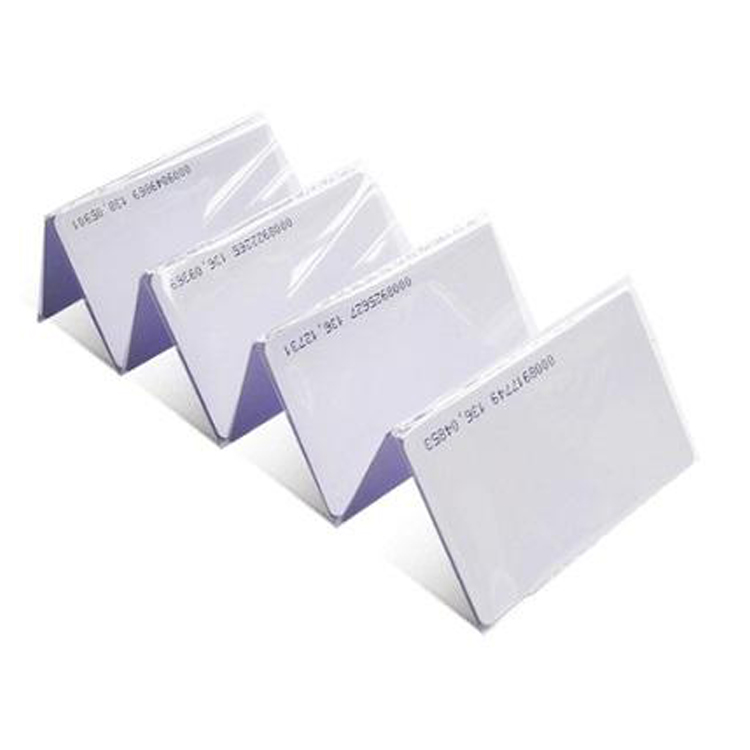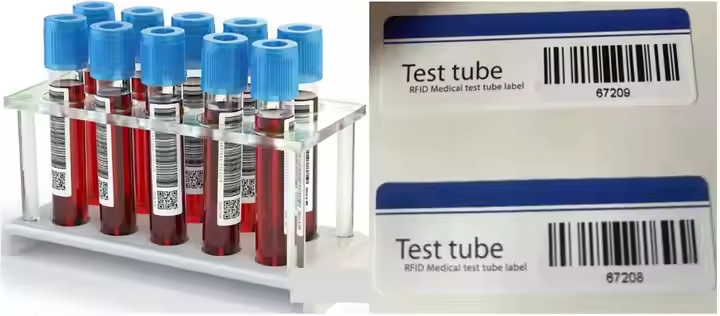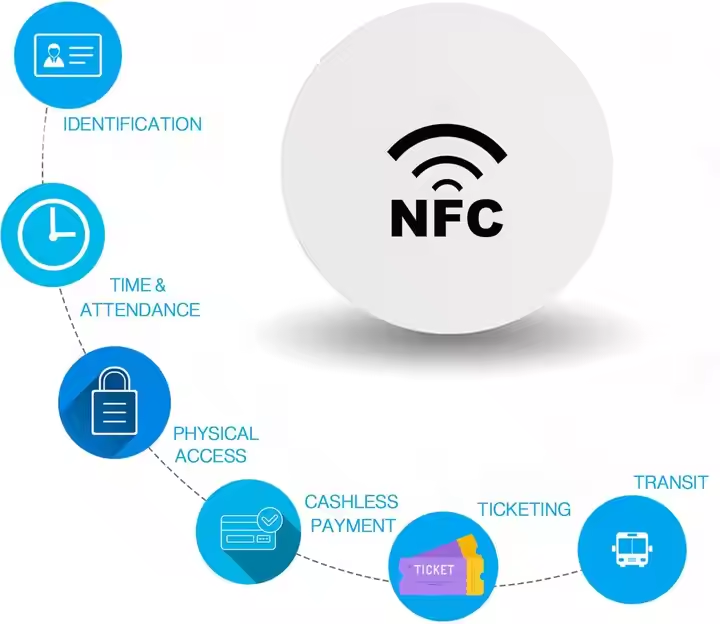
What Are EM4305 RFID Cards?
EM4305 RFID Cards: Secure, Durable & Rewritable for Access Control, Events, and Membership Management.
Radio Frequency Identification technology, or RFID, is an automatic identification technology that uses radio waves for non-contact, two-way data communication. When the reader emits a radio frequency signal in a specific frequency band, the electronic tag (Tag) attached to the object will receive energy and return the stored information, thereby completing the identification and data exchange of the target. RFID technology is considered to be one of the most promising information technologies in the 21st century and is widely used in animal chips, car anti-theft, access control, parking management, production line automation, material tracking and other scenarios.
| Time | Major milestones |
|---|---|
| 1940–1950 | Due to the development of radar technology, the theoretical basis of RFID was gradually formed in 1948. |
| 1950–1960 | RFID technology entered the laboratory research stage, but it had not yet been widely used. |
| 1960–1970 | The theory was further improved, and RFID systems began to be used experimentally in some scenarios. |
| 1970–1980 | Product research and development accelerated, and RFID testing and application gradually deepened. |
| 1980–1990 | Various RFID products were launched and put on the market, and began to be used in logistics, access control and other fields. |
| 1990–2000 | RFID standardization work was carried out, and the technology gradually entered daily life and business fields. |
| After 2000 | Various active, passive and semi-active electronic tags were developed in large quantities, costs decreased, and the application scope continued to expand. |
| 2020 | RF circuits are widely used in satellite communications, mobile phones, Wi-Fi, shared bicycles, etc., and various dedicated IDC/EDA software promote RF design. |
When the passive tag (passive RFID tag) enters the electromagnetic field range emitted by the reader, it obtains energy through the induction current, and then sends the information stored in the chip back to the reader.
The active tag (active RFID tag) has a battery inside, which can actively send signals to the reader. Once communication is established with the reader, it transmits its own identification information to the reader and is processed by the central system.
Semi-active tags are usually dormant, and the internal battery only powers the memory part. When entering the reader’s trigger range, they are first activated by low-frequency signals, and then high-frequency signals are used to complete data exchange. This design takes into account low power consumption and long communication distance.
Regardless of the type of tag, a complete RFID system consists of three parts: reader, electronic tag, and background data management system. The reader transmits radio frequency signals and receives information returned by the tag. The background system processes and stores the collected data to form a closed-loop data flow.
Function: Transmit radio frequency energy, drive passive tags or receive active tag signals, and pass the decoded data to the application.
Main modules:
Transceiver antenna: Transmit/receive radio frequency signals.
Frequency generator: Generate system operating frequency.
Phase-locked loop: Steadily output the required carrier.
Modulation/demodulation circuit: Load/decode the signal back to the original data.
Microprocessor: Control the entire read/write process and communicate with the background system.
Memory & Peripheral Interface: Store firmware and achieve network connection.
Function: Store unique identification code and related information, and respond according to reader signal.
Main modules:
Transceiver antenna: Receive reader signal and transmit information back.
AC/DC circuit (for passive/semi-active tags): Convert RF signal into electrical energy.
Demodulation circuit: Separate the received RF carrier into data signal.
Logic control circuit: Decode the signal and execute read/write commands.
Memory: Store identification code and user data.
Modulation circuit: Load tag data into antenna signal and transmit it back to reader.
Function: Centrally manage, store and analyze all collected RFID data, and provide visualization and business logic support.
| Type | Power supply method | Features | Common frequency band | Typical application |
|---|---|---|---|---|
| Passive RFID | Contains induction coil, powered by reader RF signal induction | Small size, low cost, long life, but short recognition distance | 125 kHz / 13.56 MHz | Bus card, second-generation ID card, canteen meal card |
| Active RFID | Built-in battery active power supply | Long transmission distance (up to several hundred meters), fast reading and writing speed, can identify multiple tags at once, but large size | 900 MHz / 2.45 GHz / 5.8 GHz | Highway non-stop toll collection, warehouse bulk asset inventory |
| Semi-active RFID | The internal battery of the tag is only used to power the memory, and it is activated by the reader during communication | Low power consumption, can maintain a long standby time; first low-frequency activation, then high-frequency data transmission | 125 kHz + 2.4 GHz | Comprehensive scenarios requiring positioning and long-distance information transmission |
Non-contact identification
RFID tags do not need to be in direct contact with the reader and can penetrate obstacles such as dust, thin plastic, and paper to complete communication.
Efficient
A single RFID read/write usually takes less than 100 milliseconds, and high-frequency readers can recognize multiple tags at the same time, greatly improving efficiency.
Uniqueness
Each RFID tag has a unique ID, which can accurately track the subsequent circulation of each item.
Simple
The tag has a simple structure and is easy to use. With the popularity of NFC (near field communication), smartphones can be used directly as simple readers, improving application flexibility.
High degree of automation: Reduce manual intervention, collect and update data in real time, and greatly improve work efficiency.
Large capacity: RFID tags can store several megabytes of data and support extensive information expansion.
Long repeated service life: Passive tags do not require batteries, have a simple structure, and high reliability; active tags have a battery life of up to several years.
Better security: Supports encryption and password protection, making it difficult to forge.
Simultaneous identification of multiple targets: High-frequency RFID can read multiple tags at once, enabling rapid inventory and tracking.
High cost: Compared with traditional barcodes, RFID tags cost dozens of times more, and large investments are required for large-scale applications.
Technology is not yet perfect: UHF tag performance can be affected in metal and liquid environments, requiring additional design and shielding.
Security risks: Without encryption protection, tag information may be illegally read or tampered with.
Inconsistent standards: Protocols between different manufacturers and frequency bands vary greatly, affecting cross-system interoperability and promotion.
Newest trends and common knowledge in RFID laundry tags.

EM4305 RFID Cards: Secure, Durable & Rewritable for Access Control, Events, and Membership Management.

Enhance blood safety with RFID stickers: real-time tracking, contamination prevention, and intelligent blood management.

NTAG 215 NFC Coin Tags offer compact, durable NFC solutions for access control, retail engagement, logistics, and events, combining advanced security and customization.

As one of the top RFID Tag manufacturers in China, we specialize in high-quality RFID Tag and other RFID products designed to meet the diverse needs of various industries.
@ 2024 RFID Laundry Tag. All right reserved.
Didn’t find what you want? Ask our manager for help!